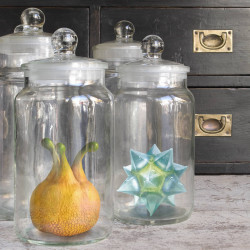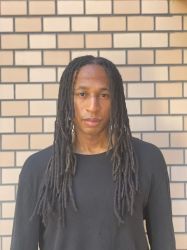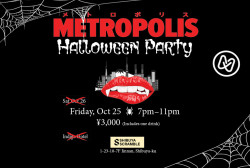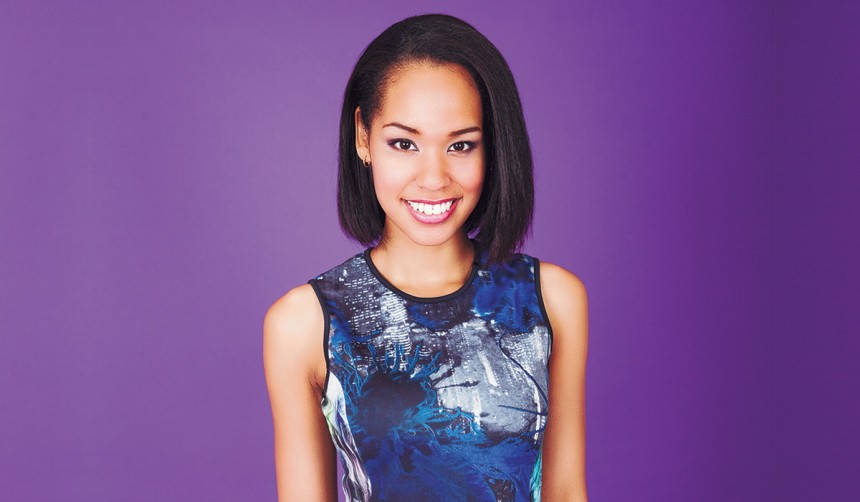
September 18, 2015
The World of Ariana Miyamoto
The 2015 Miss Universe Japan breaks new ground
By Baye McNeil
Ariana Miyamoto—the reigning Miss Universe Japan—has an allure far beyond her physical appearance, and Western media have found it irresistible. She has found international attention from major media outlets, including The New York Times, The Wall Street Journal, USA Today, Time, Cosmopolitan and People, just to name a few. Of late, the Japanese media have also kept Ariana in the spotlight, featuring her on a number of television variety shows. She was even featured on GQ Magazine’s “GQ Women 2015” list.
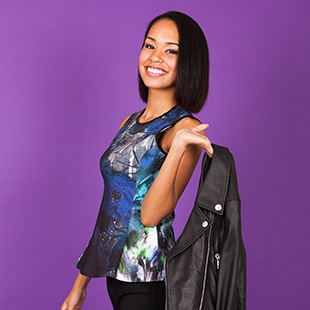
Invariably, most of the earlier media attention focused on this young woman’s unconventional journey from her hometown in Sasebo, Nagasaki, to the national stage—and her motivation. It zeroed in on the fact that, from a pool of some of the most beautiful women from every prefecture—and in a country where 98.5 percent of the population identifies as ethnic Japanese, a biracial beauty who some have labeled “not Japanese enough” was selected. Japan is represented by a woman who, ironically, was spurred to enter the beauty competition by some ugliness in her hometown that resulted in her biracial friend’s suicide.
Some have speculated that Ariana’s ascendancy might signify a national shift of attitudes in a positive direction. After all, she is now one of the nation’s premiere cultural ambassadors and arguably the very symbol of Japanese grace and beauty.
“I don’t necessarily feel as if I’m the most beautiful woman in Japan,” says the 21-year-old. “I really only feel that I’m competing against the rest of the world as the representative of Japan, so I don’t know how I feel about it when people say that I’m the most beautiful woman in Japan … because people have different tastes when it comes to beauty.”
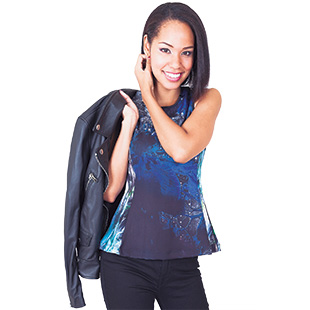
All the success and attention hasn’t really changed Ariana. She still does Japanese calligraphy—a skill she’s mastered, still enjoys cooking, and still retains an affinity for motorcycles. Even her fashion choices remain the same as when she was a youth in Sasebo. She’s partial to items that could be picked up at her favorite shop, Zara, and describes her normal style as “jeans with a tank top or white shirt. It’s very casual. I’m into motorcycles, so it might even be a bit of a boyish look.”
When asked to choose where in Japan the most stylish people can be found, it came down to a tale of two cities. “I’ve only been here and there,” she explains. “Thinking in terms of beauty, I think Fukuoka is the best. It has the most nail salons and aesthetic salons, and has the most [things] related to beauty. But overall, Tokyo is the best-dressed.”
When it comes to being the personification of a nation on the global stage—where one’s fashion, hair, makeup, and even stride, shape, smile, and posture come under increased scrutiny—style becomes a critical consideration.
“I normally get to decide my own style,” Ariana says. “When it’s a job, I have a stylist. In the international competition, I’m thinking of choosing what to wear with advice from other people, including past Miss Universe Japan winners.”
That list of past title holders includes 2003 winner Miyako Miyazaki.
“I’m close with Miyako-san,” she says. “She’s given me advice on how to stay strong mentally and stay true to who I am during the international competition. But I don’t have to copy those who have come before me. I think I should just stick to my own style.”
In response to the concern by some that this biracial woman—born and bred in Japan—might not be Japanese enough to represent the country on the international stage, the daughter of a Japanese woman and an African-American man expresses strong sentiments.
“I don’t feel like I need to compensate,” says Ariana. “Even some Japanese people today don’t know how to wear a kimono by themselves, and there are many people who don’t wear yukatas, so I don’t really feel the need to do anything in particular. Now, there are Japanese people who are attracted to foreign countries, and while I feel like I want to know about Japanese culture, I don’t find myself being very particular about it. I want to maintain my own style. So I don’t feel as if I need to learn sadō [the art of tea ceremonies] or be better at shūji [calligraphy] just because I look different.”
So what are Miyamoto’s plans for the future? She has mentioned to a number of media outlets over the past few months that she intends to use her burgeoning fame to break down antiquated cultural barriers here in Japan. But there’s another plan in the works; and appa-rently, mum’s the word.
“Whether I win or lose, I have a pretty good idea of my plan for the future. So although I don’t want to say what that is, I do have a rough plan. I’m thinking of building my own company. The rest is a secret.”
